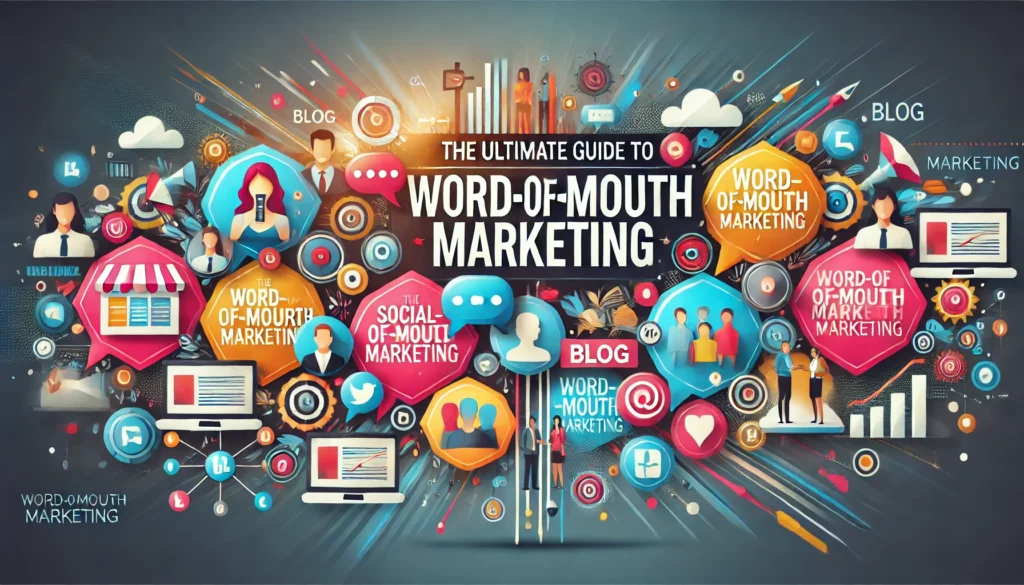In today’s rapidly evolving digital landscape, businesses are increasingly recognizing the importance of integrating sustainability into their marketing strategies. Green marketing, a concept that aligns environmental benefits with consumer preferences, is not only a trending topic on Google but also a crucial strategy for building a brand’s credibility and fostering long-term loyalty. As digital marketers, understanding and implementing green marketing can significantly enhance our campaigns and resonate with an eco-conscious audience.
What is Green Marketing?
Green marketing refers to the promotion of products or services based on their environmental benefits. This approach involves highlighting the sustainability aspects of a brand’s offerings, such as eco-friendly packaging, energy-efficient production processes, or the use of renewable resources. The goal is to appeal to consumers who prioritize environmental responsibility and are willing to support brands that share their values.
In essence, green marketing goes beyond traditional marketing by incorporating environmental consciousness into the core message and actions of a business. It involves not just promoting eco-friendly products but also adopting sustainable practices throughout the entire business operation.
Why Green Marketing Matters
1. Consumer Demand for Sustainability
Consumers are becoming more aware of environmental issues and are actively seeking out brands that align with their values. According to a study by Nielsen, 66% of consumers are willing to pay more for products that come from sustainable brands. This indicates a significant shift in consumer behavior towards supporting companies that demonstrate a commitment to environmental responsibility.
2. Regulatory Pressures and Corporate Responsibility
Governments worldwide are introducing stricter regulations to combat climate change, pushing companies to adopt greener practices. Businesses that proactively embrace sustainability not only comply with these regulations but also position themselves as leaders in corporate responsibility.
3. Competitive Advantage
Brands that adopt green marketing can differentiate themselves in a crowded marketplace. By highlighting their sustainability efforts, companies can attract a loyal customer base, enhance their brand image, and gain a competitive edge over businesses that do not prioritize environmental concerns.
How to Implement Green Marketing
1. Promote Sustainable Products
Highlight the eco-friendly features of your products. For example, if you are selling clothing, emphasize the use of organic cotton or recycled materials. If you are in the tech industry, showcase your products’ energy efficiency or recyclable components.
2. Adopt Transparent Practices
Consumers appreciate transparency. Share information about your sustainable practices, such as how you source materials, your production processes, and your efforts to reduce carbon emissions. Transparency builds trust and credibility.
3. Engage in Eco-Friendly Initiatives
Participate in or support environmental causes. For example, you can organize tree-planting events, support wildlife conservation efforts, or collaborate with NGOs that promote sustainability. Such initiatives can help you connect with your audience on a deeper level and demonstrate your commitment to making a positive impact.
4. Leverage Digital Channels
Use your digital platforms to communicate your sustainability efforts. Create engaging content that educates your audience about the importance of environmental responsibility. Use social media, blogs, and email campaigns to spread your green message and encourage your audience to take action.
Case Study: Patagonia’s Commitment to Sustainability
One of the most notable examples of successful green marketing is Patagonia, an outdoor clothing and gear company known for its unwavering commitment to environmental sustainability.
Background
Founded in 1973, Patagonia has long been a pioneer in sustainable business practices. The company has built a reputation for not only producing high-quality, durable products but also for its relentless dedication to environmental causes.
Green Marketing Strategies
- Product Lifecycle Responsibility: Patagonia encourages customers to buy less and recycle more. Their “Worn Wear” initiative promotes the reuse and repair of products, reducing waste and encouraging a more sustainable consumption model.
- Environmental Activism: The company donates 1% of its sales to environmental causes and has been actively involved in campaigns to protect natural habitats and combat climate change. Their bold stance on political and environmental issues has garnered a loyal customer base that shares their values.
- Transparent Supply Chain: Patagonia is transparent about its supply chain and the environmental impact of its operations. They provide detailed information on their website about the sources of their materials, the conditions of their factories, and the steps they are taking to reduce their environmental footprint.
- Sustainable Innovation: The company continuously innovates to create more sustainable products. For instance, they have developed new materials that are less harmful to the environment, such as recycled polyester and organic cotton.
Impact
Patagonia’s green marketing approach has not only enhanced their brand reputation but also driven significant business growth. The company’s commitment to sustainability has resonated with consumers, leading to increased sales and customer loyalty. Their success serves as a powerful example of how integrating environmental responsibility into your business model can lead to both social and economic benefits.
Conclusion: The Future of Green Marketing
As digital marketers, embracing green marketing is not just a trend but a necessary shift towards a more sustainable future. By aligning our strategies with environmental values, we can connect with a growing segment of eco-conscious consumers, enhance our brand’s reputation, and contribute positively to the planet.
Green marketing is about more than just promoting eco-friendly products; it’s about adopting sustainable practices, being transparent with our audience, and genuinely committing to environmental stewardship. As we move forward, let’s harness the power of digital marketing to drive change and create a more sustainable world.
By adopting green marketing strategies, we can not only contribute to a more sustainable future but also position ourselves as leaders in the digital marketing landscape. Let’s seize this opportunity to make a difference and build a better, greener world.



You’ve managed to capture something ineffable — your words touch a place that logic alone cannot reach.